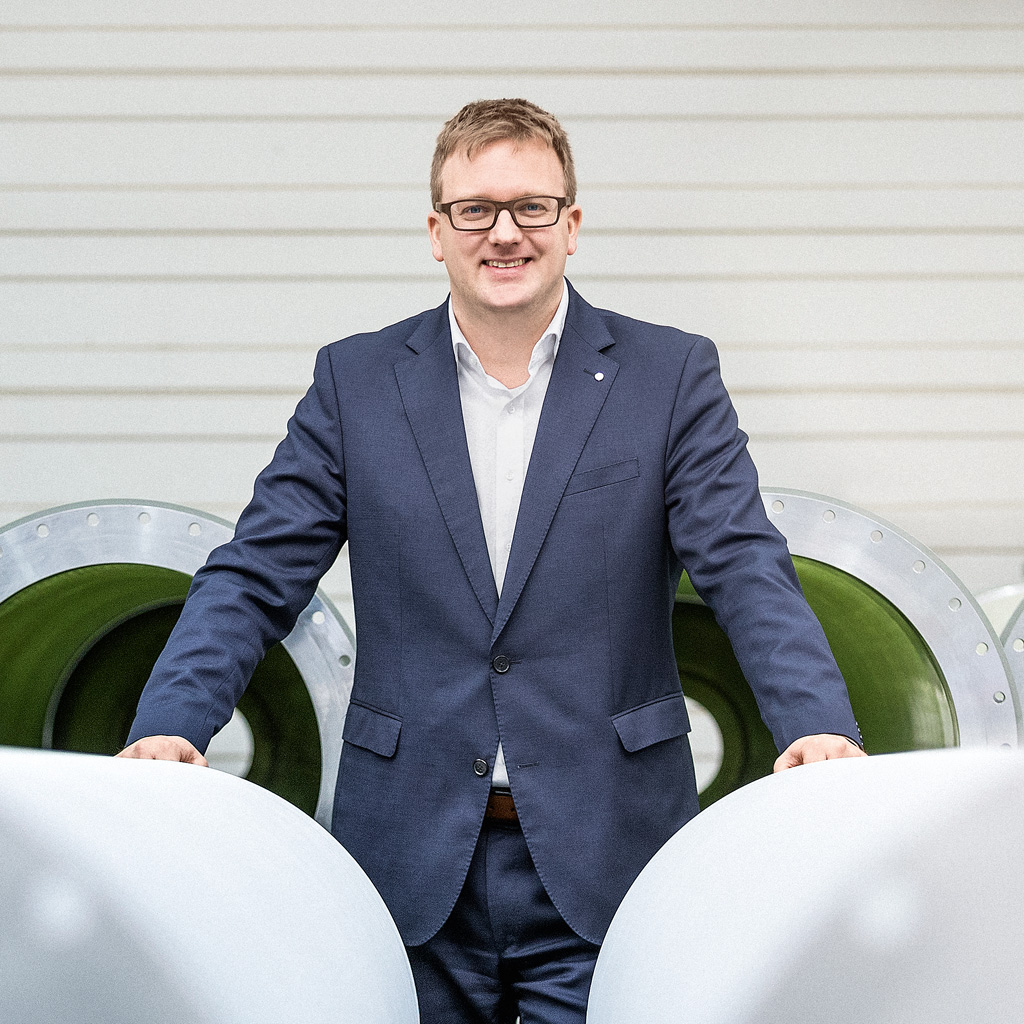Researchers in Padua are testing a key component for the ITER fusion energy project based in southern France. Siemens provided a high-voltage deck and Reinhausen Power Composites (RPC) supplied the insulators. Area Sales Manager Mathias Reichenbach explains the challenge of shielding a million volts to ground.
What made the request from Siemens so unusual?
To begin with, the ITER project itself, which is aiming to find nothing less than the energy source of the future. 35 nations are working together at Cadarache in southern France to demonstrate the technical feasibility of nuclear fusion. The high-voltage deck from Siemens, which is currently being tested in Padua, plays a key role in the project. Its technology provides the supply voltage required for the neutral beam injection which heats the plasma to up to 150 million degrees. It is only at this temperature that nuclear fusion becomes possible, and it takes one million volts to get there. The deck therefore needs to be insulated relative to ground potential. This is no easy task—and that’s where we come in.
What did Siemens need from you?
In total, they needed eight hollow support insulators to support and insulate the hundred-ton deck, which houses transformers, cabinets, and converter cabinets among other components.
What were the challenges you faced?
Firstly, the static load is very high. The hollow insulators have to support a weight of 100 metric tons. Secondly, Cadarache is situated in an area which experiences seismic activity. The tubes therefore also have to be able to withstand dynamic forces with a wall thickness of just twelve millimeters. And they could only be six meters tall because the deck is in a hall. That’s really short—for volt ages of this magnitude they would normally be eleven meters tall.
What solution did RPC provide?
The stability of the glass-fiber reinforced plastic (GRP) in the hollow insulators is crucial. Our specialists used finite-element calculations to determine the optimum angle and layer structure to ensure that the GRP tube can withstand the mechanical loads. And the way in which the glass fibers are wrapped around the tube also determines the insulating capacity. That’s how we were able to achieve the limited height. The GRP tubes are filled with nitrogen to ensure that no moisture can get inside them. The internal pressure is monitored at all times using pressure sensors from MESSKO and ISM technology from MR. In this way, expertise from across the Reinhausen Group has been incorporated into the hollow insulators.
The ITER project has extremely strict safety requirements. How were you able to meet the high quality standards?
Admittedly it was a very complicated process. The hollow insulators were subjected to countless tests by an independent laboratory as well as by the MR and RPC labs. Numerous material samples were studied and tested to assess their suitability. Ultimately, the tests showed that the standard material that we also use for the tubes in on-load tap-changers already meets the high requirements.
Are the hollow insulators also suitable for other applications?
Yes. For example, for the thyristor and rectifier towers in HVDC applications, some of which are supported by 16 insulators. With our GRP tubes, you only need four. There is also growing demand for HVDC systems with composite insulators. We are therefore constantly expanding our portfolio in this direction.
REINHAUSEN INSIDE
For more information on the high-voltage deck and the ITER project, as well as an insight into how we produced the insulators, visit: www.iter.org
YOUR CONTACT
Any questions about the hollow insulators? Mathias Reichenbach is happy to assist:
m.reichenbach@reinhausen.com


